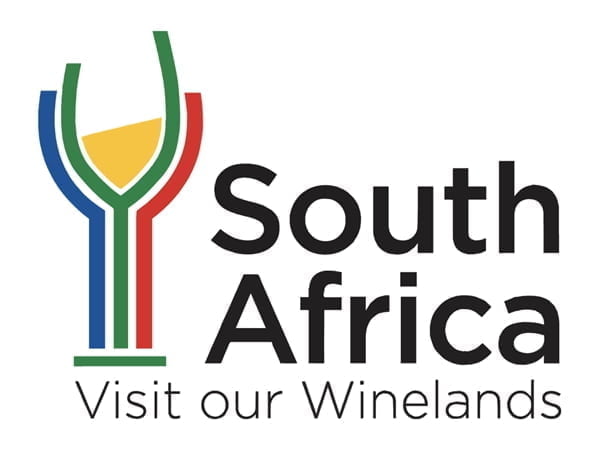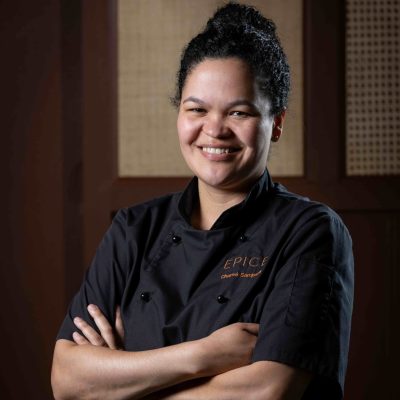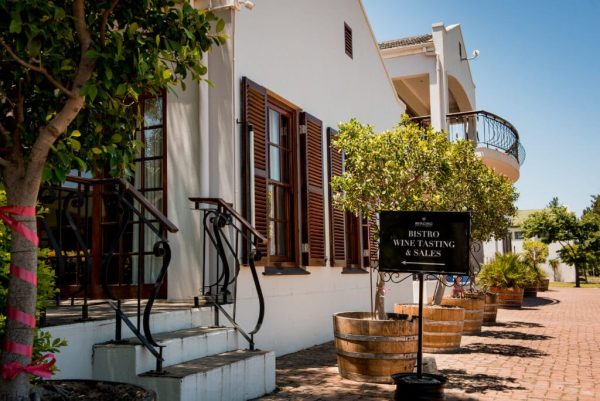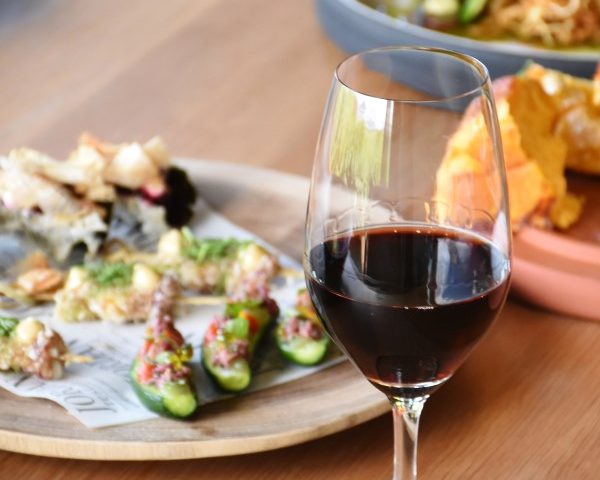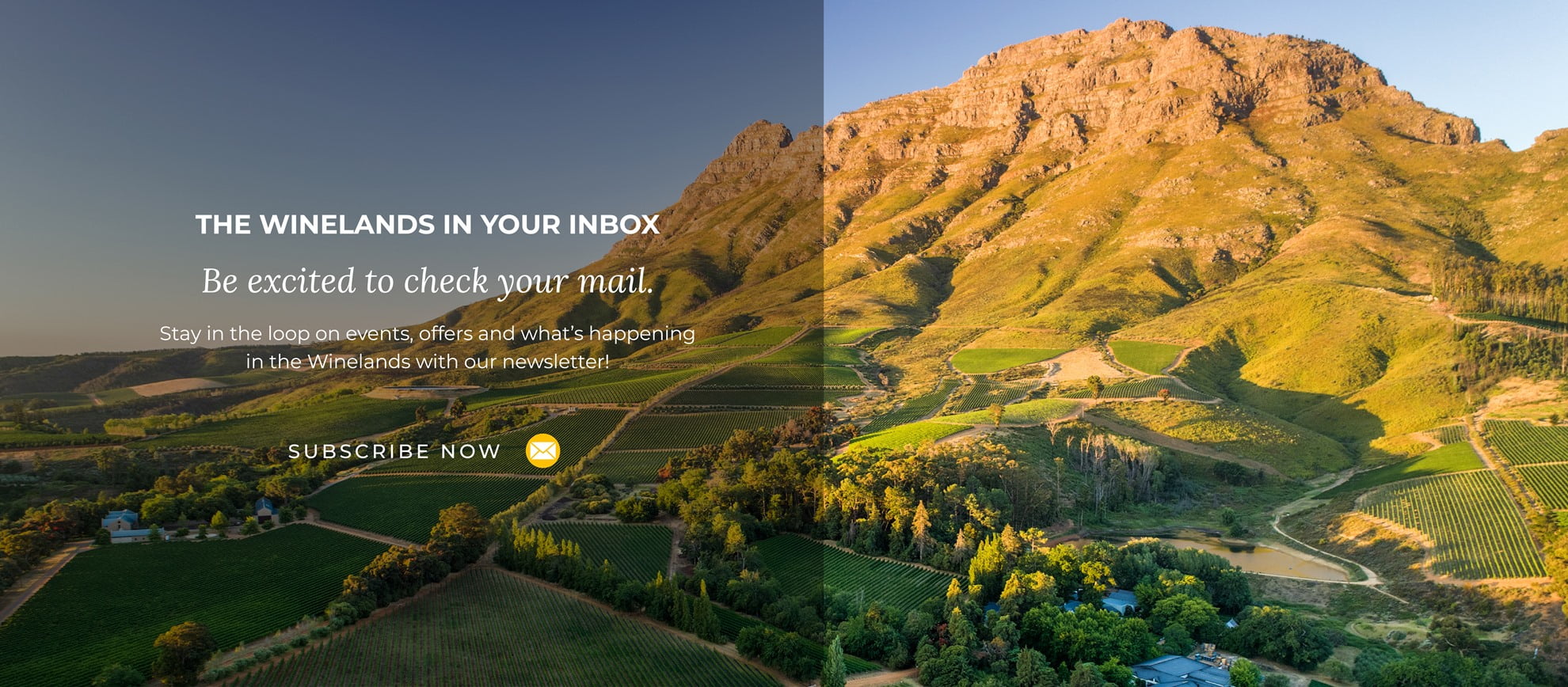The Klein Karoo region and specifically Calitzdorp has long held onto the title as Port Capital of South Africa. Since Portuguese cultivars traditionally used for making port were planted in the arid landscape, they’ve thrived.
But some years ago, port sales globally started to decline. Then, the EU decided to implement a geographical protection that prevents competitors from using the term port. In terms of a global timeline, South African port had barely taken its first breath and already it was learning how tough the world could be – no matter how well its quality measured up.
The withdrawal of a major sponsor from its most prominent festival was just another a sign of the times. By then, focus had already shifted. And public interest in unfortified red wines made from Portuguese varieties was taking hold.
Today, despite a debilitating drought, farms across the region aren’t talking about quitting wine. Rather, it’s all about expanding Portuguese vineyards when the rains come again.
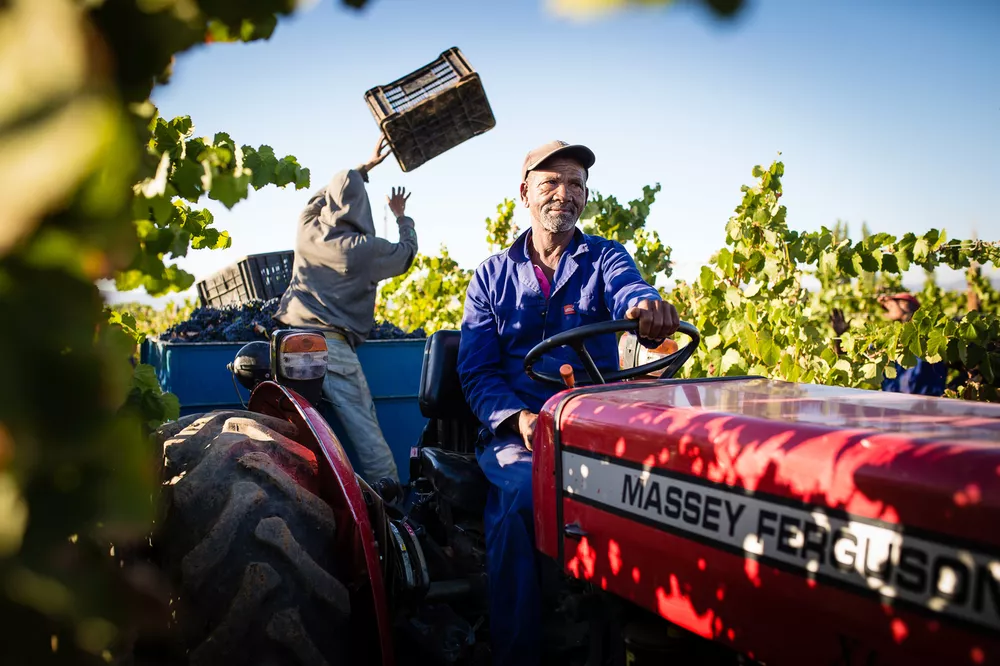
In a few short years, South Africa’s Portuguese wines have earned producers many accolades in some of the most prominent wine competitions including the Old Mutual Trophy Wine Show, SA Young Wine Show, National Wine Challenge Top 100 SA Wines, Veritas Awards, Michelangelo International Wine and Spirits Awards and Terroir Awards.
Proudly, Calitzdorp has pinned its colours to the mast and created the “Calitzdorp Blend” – an ambassador of sorts comprising locally grown Portuguese cultivars in a locally made wine.
Portuguese cultivars make up 61,79ha in the Klein Karoo, comprising close on 190 000 vines. Of this, the most widely planted is Tinta Barocca with 65 266 vines (21,31ha); Touriga Nacional, 79 736 vines (27,91ha); and, Tempranillo, 10 670 (3,85ha).
“Boets Nel is a pioneer of the unfortified Portuguese wines,” says Ellen Marais from the Klein Karoo Wine Route.
“Boplaas owner and cellar master Carel Nel also played a key role in innovation. Quality was a focus for everyone, including Calitzdorp Cellar, Axe Hill, Peter Bayly and Du’SwaRoo.”
A food wine
She says wines made from Portuguese cultivars are excellent food wines, and their resurgence may in part be contributed to interest in local cuisine.
The wines pair well with the Klein Karoo’s regional foods such as roosterkoek, ostrich, lamb and dried fruit. Spreading the net wider, international cuisine has been taken up in traditional cooking styles, visible in dishes such as Klein Karoo tapas, roosterkoek-hamburgers, the pizza-like vlamkoek, ostrich carpaccio and ostrich spring rolls.
A local restaurant competition has also arisen. Each year the Klein Karoo Gourmand Awards identify local eateries that promote food and wine from the region. Even winery restaurants experiment widely and showcase their own wines with local fare.
The latest Klein Karoo Gourmand Awards went to amongst others Die Kloof Padstal (Montagu); Bella de Karoo (Calitzdorp); The Country Pumpkin (Barrydale); Alfresco Deli (Barrydale); De Krans Bistro (Calitzdorp) and Karusa (Oudtshoorn).
Hotel restaurants, casual eateries and independent restaurants are also awarded. A special category indicating exciting newcomers included Casa del Sole and De Kombuys (Oudtshoorn), Stoepsit @ Boplaas (Calitzdorp) and The Cellar Restaurant (Barrydale).
The Trading Post in De Rust was awarded the Klein Karoo Wine Route Wine List of the Year while a special achievement award went to Turnberry Boutique Hotel for promoting food tourism and local cuisine.
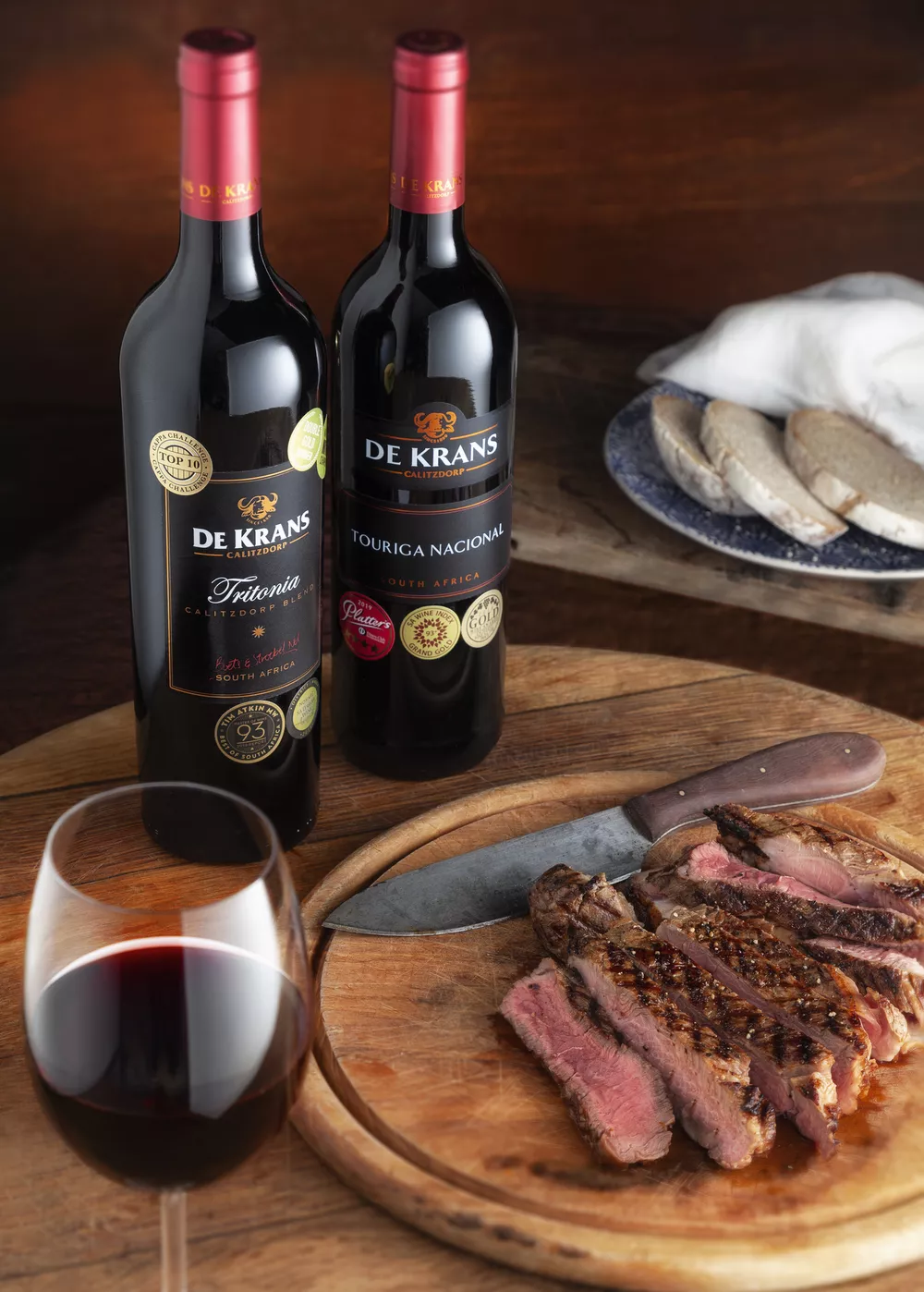
“Portuguese cooking reflects the region’s available ingredients – and plays to the simplicity and purity of those ingredients. Portuguese-style wines offer a varied pairing combination with those dishes and capable of standing up to the many bold flavours of the cuisine,” says Mike Neebe, winemaker and partner at Axe Hill.
“Portuguese style wines have always been ideal food partners that are extremely adaptable to our South African menu and palate.
“[Portuguese table wines] are like a continuous voyage of discovery. They are generally powerful, expressive and never dull.”
Portuguese in the Klein Karoo
Interestingly, port cultivars ended up in the Klein Karoo by accident. It was the 1970s and local farmers were considering planting Shiraz after seeing the cultivar perform well in the Swartland. It was only once the grapes of newly planted vines were harvested that they were recognised as Tinta Barocca.
Fortunately for the Calitzorpers, the region has a similar climate not only to the Swartland, but the Upper Douro Valley in Portugal too, says Boets Nel, MD of De Krans.
Boets and his brother, Stroebel, planted five hectares of Tinta Barocca in 1973; eight hectares of Touriga Nacional and 0.6 ha of Souzao in 1994; two hectares of Tinta Roriz in 2003 and 1,2 ha of Tinta Amarela in 2004.
They made their first still wines from Tinta Barocca in 1976. In 2000, they made the first Touriga Nacional still wines in South Africa; and, the first Tina Roriz (Tempranillo) in 2003.
“We also made a new blend in 2015 under the label, A Twist of Fate. It combines Tinta Barocca and Tinta Amarela, both of which came to the farm by accident. Stroebel and I planted Tinta Roriz in 2003 but discovered four years later that it was Tinta Amarela. The blend is light and ideal for summer drinking; it reminds of a lighter style of red, like Pinot Noir.”
He enjoys working with the varieties. He reckons they’re more complex and fruit-driven to French cultivars and have an incredible ageing potential due to inherent resilience to oxidation.
Once in the bottle, Portuguese table wines are full bodied with complex flavours of violets, spices and chocolate with juicy tannins. They complement red meat very well, says Boets. He enjoys serving the wines with game, lamb shank and Springbok carpaccio.
He’s among the farmers optimistically scanning the horizon. “I’d like to expand our Portuguese plantings once the drought is over,” he says.
Continued investment
Neighbour Carel Nel of Boplaas is on the same track. “We haven’t planted anything for the past four years, but will plant again this year,” he says.
The winery has established itself as a port-style wine champion thanks to considerable investment not only in numerous visits to the Douro Valley in Portugal, but also in local education.
Margaux Nel, who took the reins in the cellar from her father, has an MSc degree in Viticulture from the University of Stellenbosch in which she focused on the effects of the Klein Karoo’s terroir on Touriga Nacional.
Boplaas’s Tinta Barocca covers 40% of the farm’s vineyards. Its Touriga Nacional was planted in 1995 and comprises 40%. Souzão, planted in 2008, covers 10%, and Verdelho, the remainder.
The first varietal bottling of a table wine from Tinta Barocca at Boplaas dates to 1982 and since then this hardy Portuguese grape has been a staple of the cellar’s range.
On the palate, Portuguese cultivars differ from the French and winemakers always tread lightly not to extract too much tannins. It needs a soft hand in the cellar, says Carel.
He points out the main characteristics of the different cultivars used in blends are Touriga Nacional (spiciness, violets and red berries); Tinta Barocca (earthiness) and Souza (the dark colour and fresh acidity).
Also white Potuguese varieties are hugely popular, says Ellen. Such as De Krans’s Tritonia White made from 70-year-old Malvasia Rei (Palomino) and Verdelho vineyards, while Boplaas produces a Cape Portuguese White Blend.
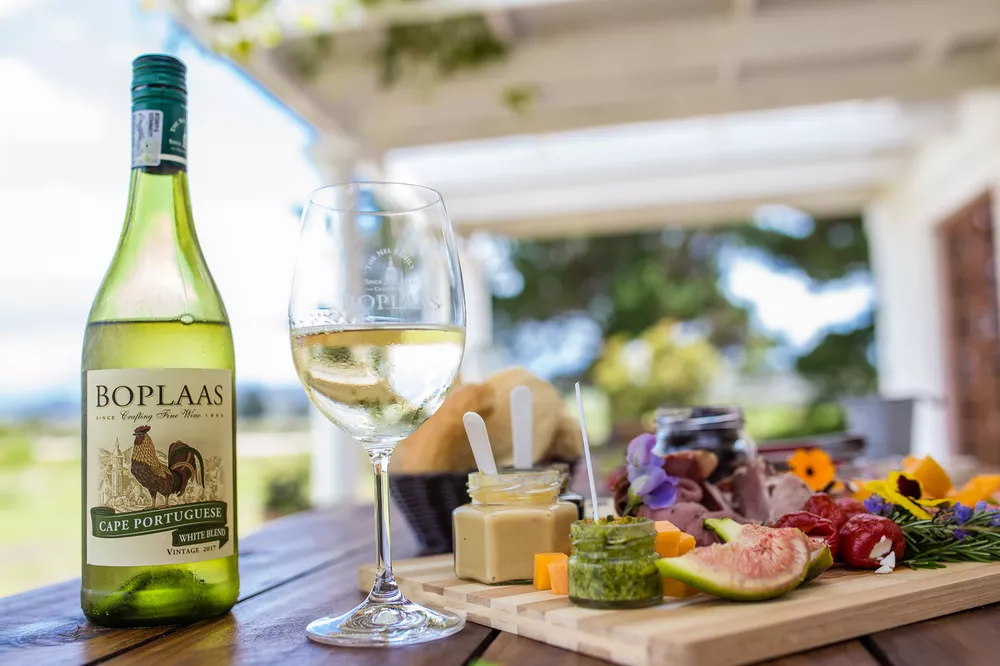
Another pioneer in the Calitzdorp region is Peter Bayly whose farm lies in the Groenfontein Valley. He made the first Calitzdorp Blend in 2009. He has 1.2 ha of Touriga Naçional 56%, Tinta Barocca 27% and Souzão 17% planted in between shale and quartz.
“As we are totally off-the-grid here, and without cooling, we initially thought we would not be able to make wine,” says Peter.
“In 2006 we were given a ton of Cabernet Sauvignon from which we made a very nice wine. Three years later, we decided to make our own red blend, from our grapes.
“All our red blends have been field blends, i.e. whatever comes out of the vineyard goes into the bottle, so it may vary from year to year, always the majority of Touriga Naçional, and then varies between Tinta Barocca and Souzão, some years more Tinta, or some years more Souzão
“We will always make the port-style wines because we sell as much port-style wine as we do table wine,” he says.
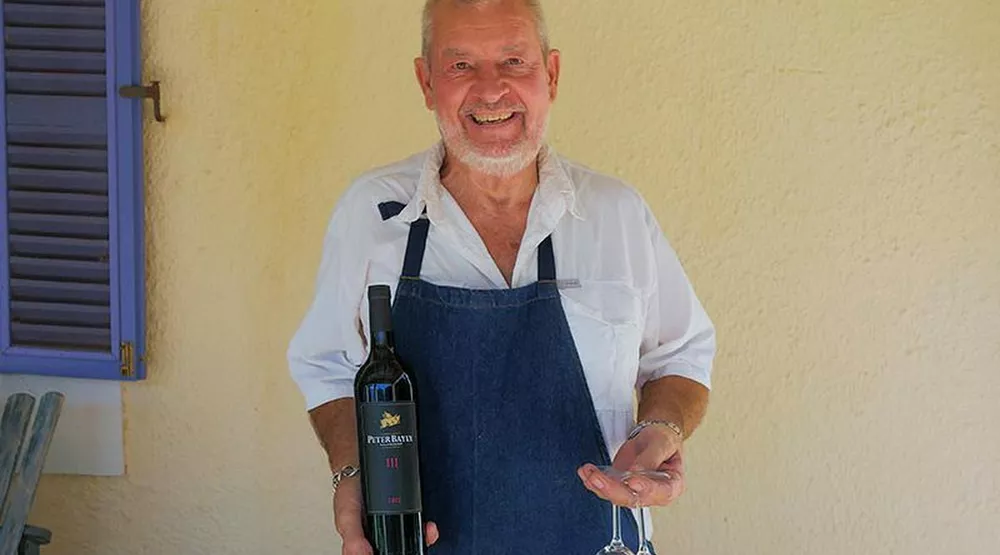
As for future plantings, Peter says he’s sticking with the Portuguese cultivars. “We will be planting white Portuguese varieties this year, drought permitting,” he says.
At the other end of the production scale is Calitzdorp Cellars which is spread over more than 300ha and 40 farms. Although it was established in 1928 with Hanepoot and Sweet Muscadel as flagships, it also produces Portuguese table wines and a Calitzdorp Blend called Tinto.
Three member farms grow Portuguese cultivars on approximately five hectares, planted between 2000 and 2014.
Winemaker Danie van der Westhuizen says the Tinto blend differs every year and the drought has a huge impact on the grapes available.
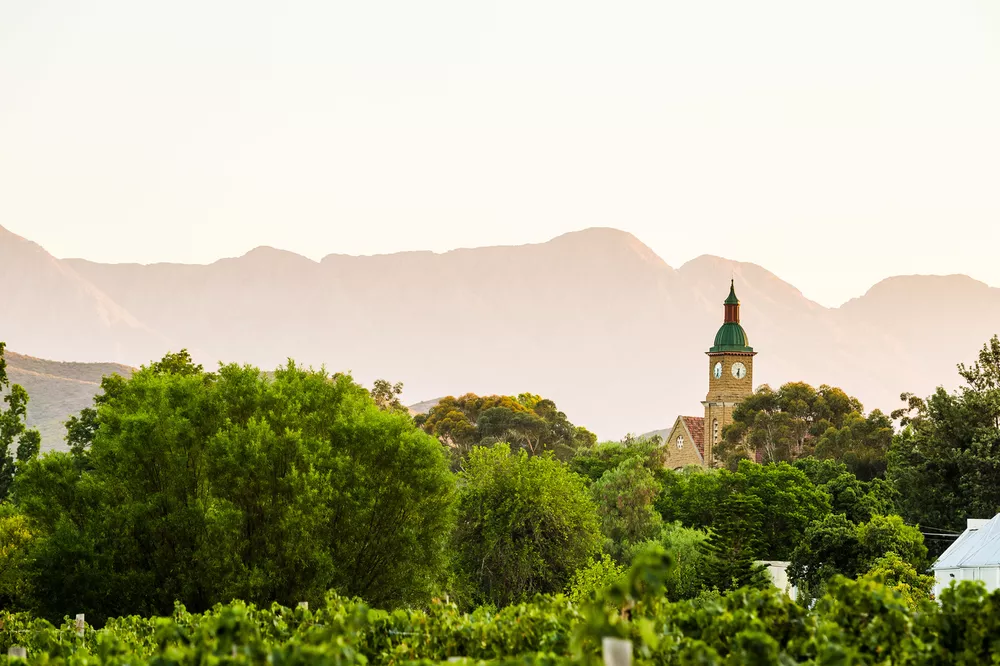
The Calitzdorp Blend
The decision to establish an official Calitzdorp blend was taken at a meeting of local producers in 2011. Ellen says a few had already been experimenting and producing some interesting wines from Portuguese grape varieties.
“The Calitzdorp Blend was therefore not a new concept, but rather a realization of the increased quality and potential of such a blend for the town,” she says.
The producers decided for a wine to carry the Calitzdorp Blend title on its label, the wine had to be only Wine of Origin Calitzdorp grapes; and, include a 70% minimum of Portuguese varieties.

